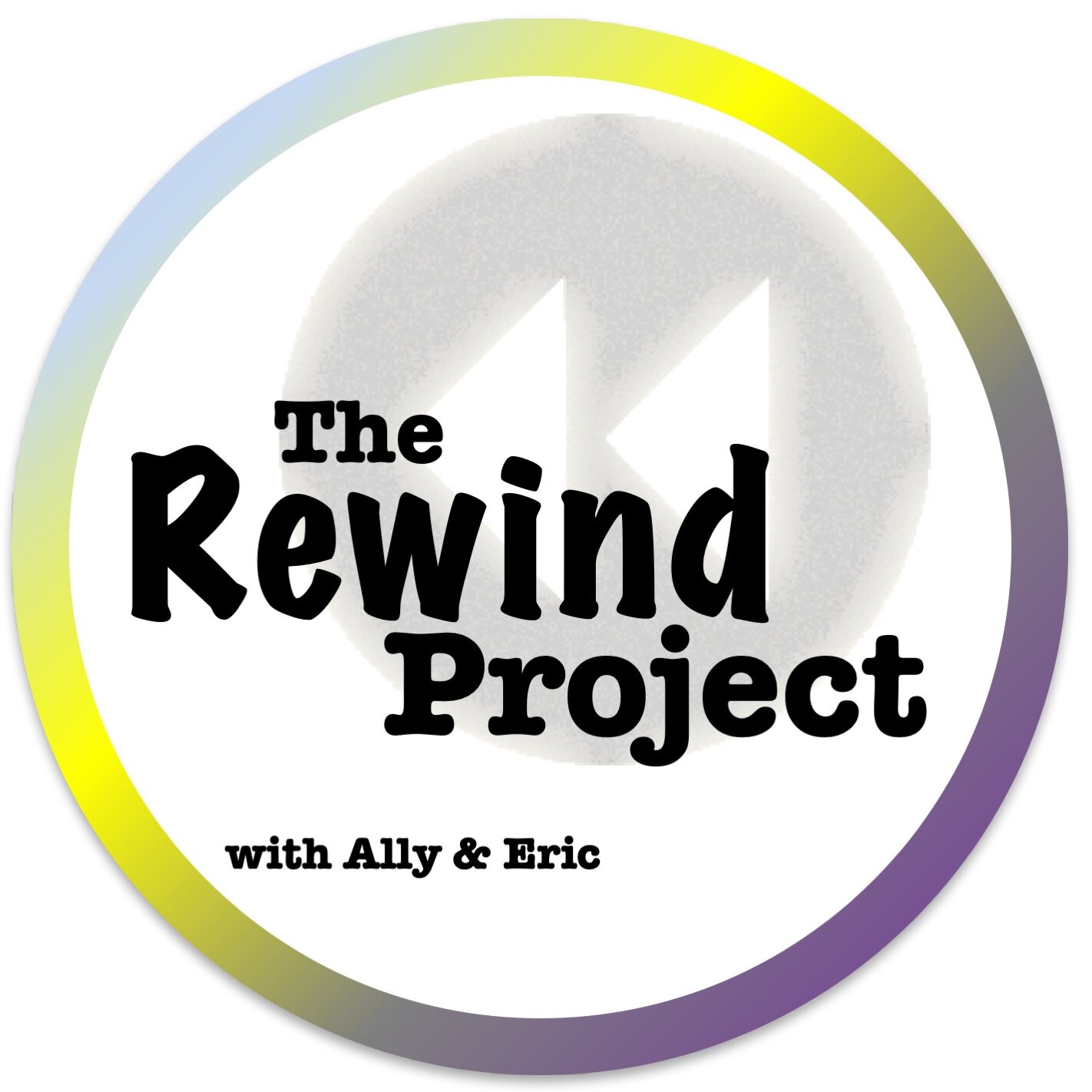Holding out for a (gay) Hero
by Eric Peterson
[This column contains spoilers for both Shazam! and Avengers: Endgame, but let’s be honest; if you really cared all that much, you would have seen them by now.]
In the category of “superheroes,” there have always been two major players: DC and Marvel. They’re like the Coke and Pepsi of the genre; some love one and despise the other, but most of us are fine with either, so long as they contain the sparkle, fizz, and sweetness we crave.
DC Comics is certainly the Coca-Cola in this analogy; they were first, and are arguably more iconic. After all, their flagship character, Superman (around since 1938), is the derivative of the term “superhero,” and their most popular hero, Batman (introduced in 1939), has been reimagined in television and film far more than any other, and even got his own standalone “Lego” movie (which is hilarious, by the way). Wonder Woman (around since 1941), has been the avatar for women in the genre for decades.
But if DC is the Coke, Marvel Comics is the metaphorical Pepsi – newer, sweeter, what the kids are drinking. Certainly, Marvel has its share of icons (Spider-Man, Captain America, etc.), but even though Captain Marvel isn’t nearly as iconic as DC’s Wonder Woman, her standalone film was a bigger box office hit.
(from L to R) Brie Larson as Captain Marvel, DJ Cotrona as Super Hero Pedro, & Joe Russo as Greiving Man.
This is entirely because (in the recent superhero renaissance we’ve seen in Hollywood, at least) Marvel is currently kicking DC’s ass. That was hard for me to write; as a child, I was always a bigger DC fan. I read Teen Titans and Justice League religiously, and aside from the X-Men franchise, rarely purchased a Marvel title. I maintain that Christopher Nolan’s Dark Knight trilogy (with Christian Bale as Batman) are the best comic book movies ever made, but most recent efforts by DC have been insufferably dark and gloomy, and – objectively speaking – it’s hard to argue with the fact that Avengers: Endgame will surely be the highest-grossing film in film history – like, since the invention of film – before it finishes its theatrical run.
However, both franchises have recently made overtures to their LGBT fan base – and honestly, both were a little disappointing. But in this specific race, DC came out the winner.
Let’s tackle Marvel first. The release of most-successful-film-ever Avengers: Endgame was exciting for all fans of the franchise, but especially for the queer subset, for a couple of reasons.
First, the March release of Captain Marvel made a lot of folks wonder if we had a queer superhero on our hands. She has no love interest in the film (which, frankly, for a single viewer like myself, was refreshing all by itself), but the person closest to her heart is clearly her friend from her Air Force days, Maria Rambeau. Were they more than friends, some wondered? As it turns out … probably. There’s no sign of Maria in Endgame at all (and yes, Endgametakes place twenty years after the events of Captain Marvel, but Maria probably isn’t dead yet), and the only other sign that the good Captain plays for our team is a new haircut. While this evidence is compelling (it is a rather les-bionic look), it’s hardly conclusive.
Second, the directors of Endgame basically promised their fans that a gay character would appear in the film. And one did. Played by one of the directors (Joe Russo), a gay man does appear in the film. He’s called “Grieving Man,” and if that sounds like the worst superhero ever, you’re not far off. “Grieving Man” is a participant in one of Captain America’s post-snap support groups, who speaks about his sadness and relates a recent first date he experienced (with a man) that ended in tears because there’s just no joy left in the world. Okay, so gay people exist in the Marvel Universe, and Captain America doesn’t bat an eye when men use male pronouns to describe their dates, and … that’s it. I can’t call it insignificant, but at the same time, it’s amazing what crumbs we’ve learned to be happy with.
By contrast, The DC universe gave us a bonafide gay superhero in its most recent film, Shazam! Well … maybe. In the film, foster kid Billy Batson is gifted with the power to become a superpowered adult simply by uttering the phrase, “Shazam!” Simultaneously, he’s new to yet another foster home, and not entirely trustful of the diverse group of kids who want him to be their new brother. During the conclusion of the film, Billy figures out a way to share his gift with his entire foster family, allowing each of them to become an superpowered, physically idealized adult – and suddenly this superhero movie is about a superhero team … for the last ten minutes or so. One of these kids is Pedro.
Pedro is obese, and he struggles in school. And for most of the movie, that’s all we know about him. However, all the queer ears in the theatre perk up when he announces to the group that girls – specifically adult female strippers – aren’t his “thing.” And really, that’s the only crumb we’re fed. And not being attracted to women doesn’t automatically mean that a person is attracted to men – so yes, Pedro could be asexual, I suppose. But with Pedro (who takes a moment to admire his own “guns” when Super-Pedro is born), there’s a chance that we might actually have a gay superhero on our hands, if a Shazam! sequel ever gets made.
It’s a crumb. A little tiny crumb. At the same time, it’s a little tiny gay crumb with superpowers, so for now … I’ll take it.

